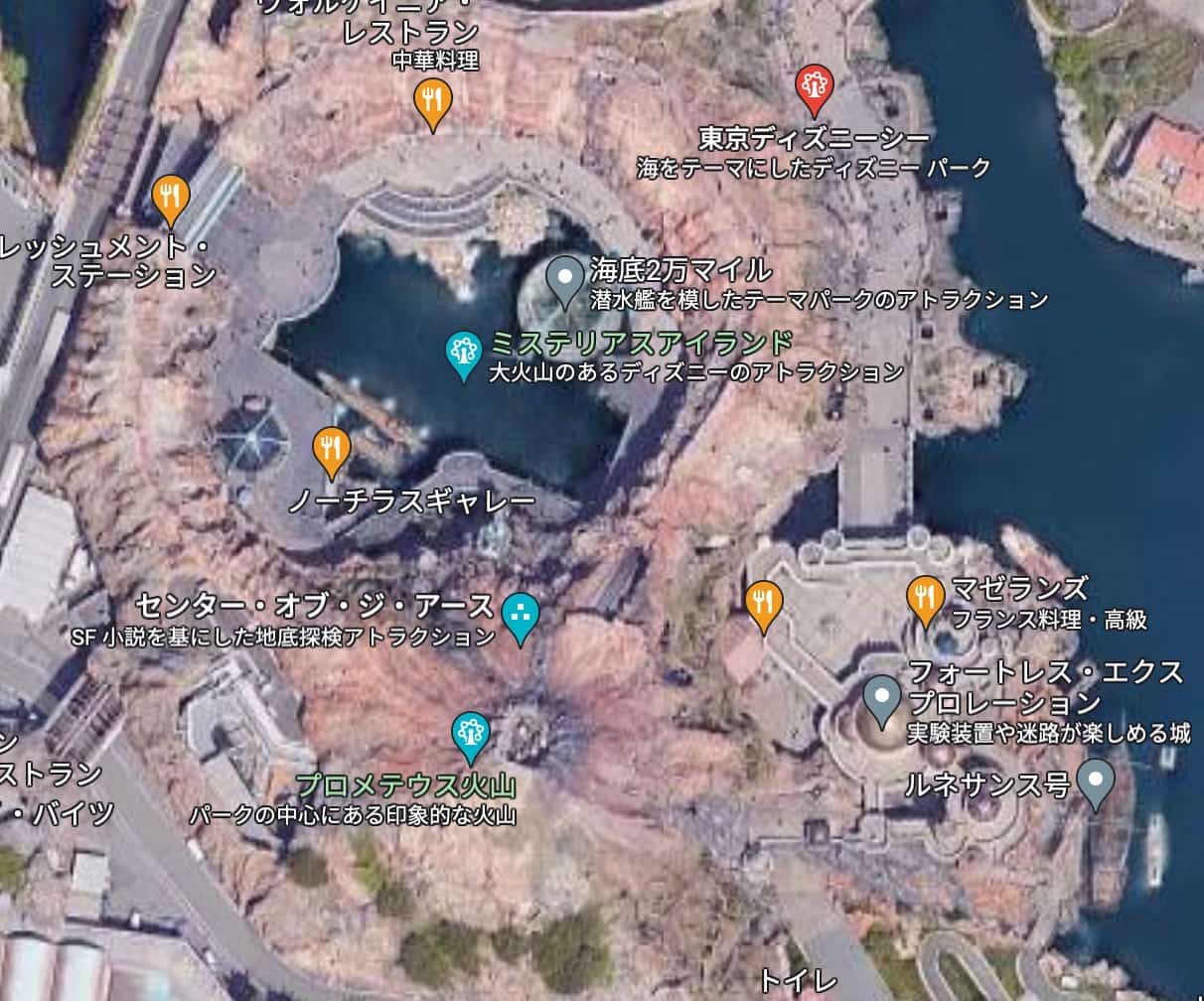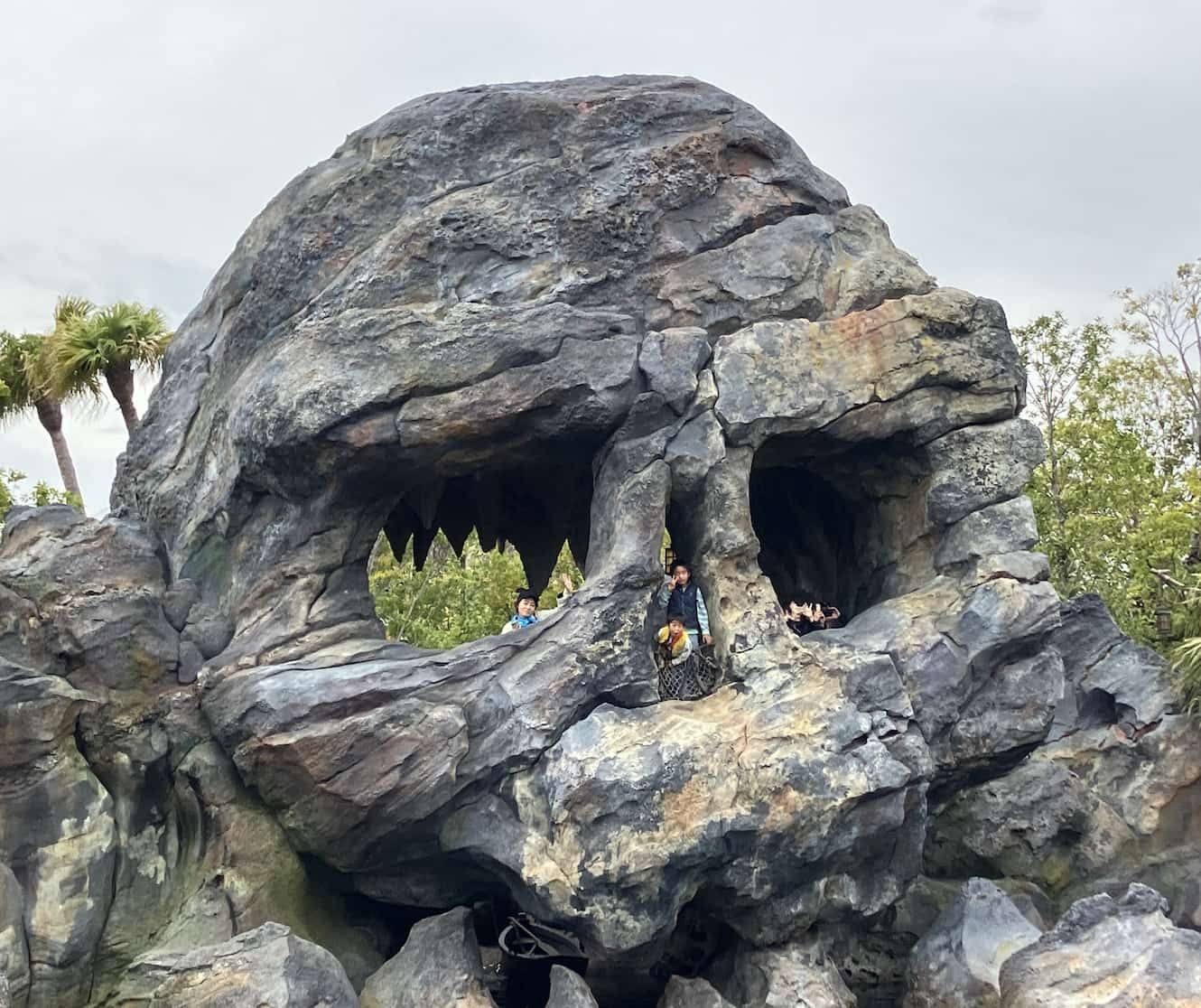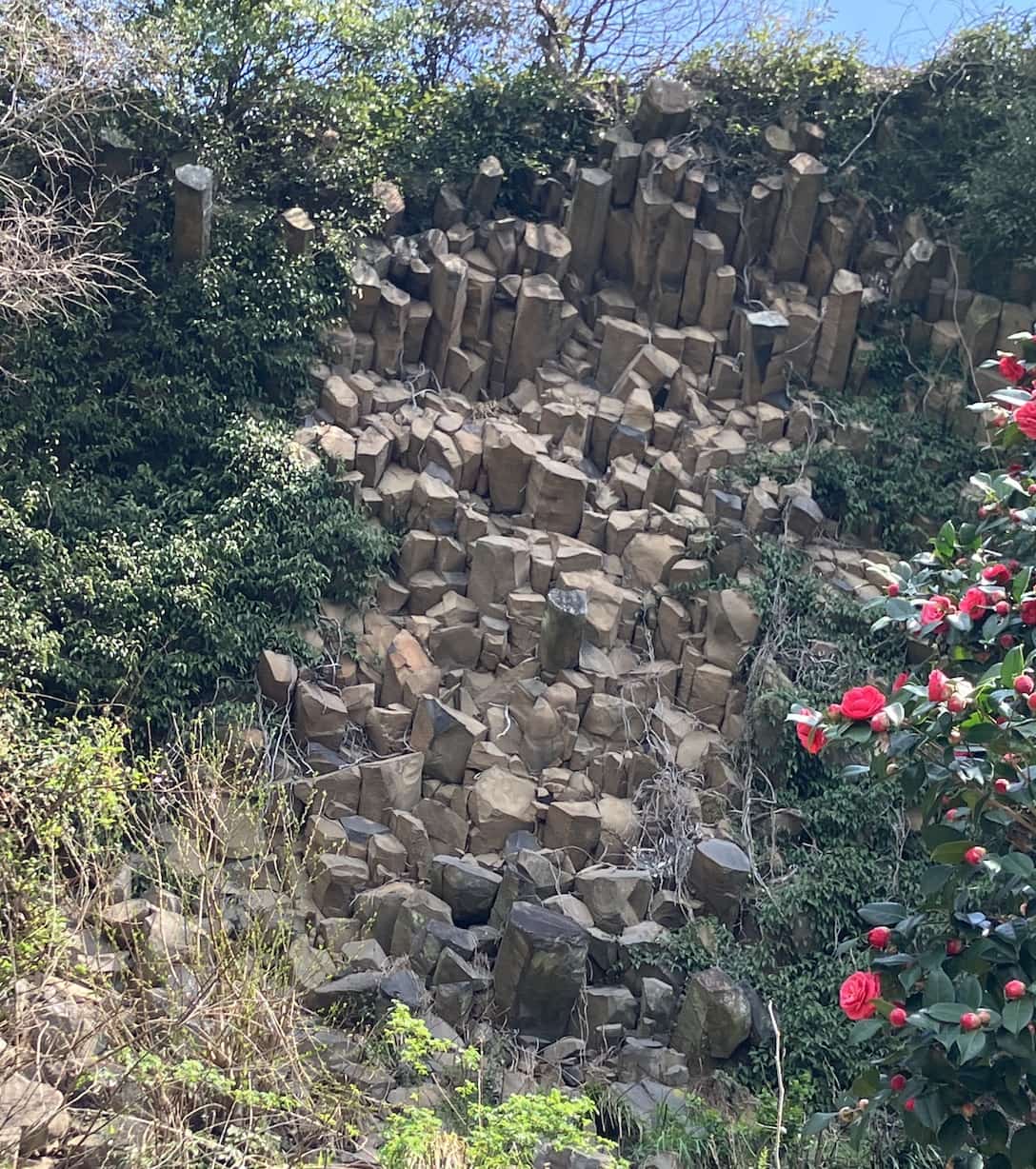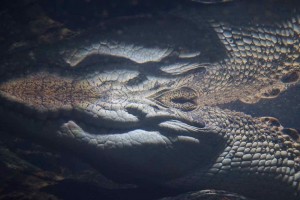Mount Prometheus: The Hidden Geology That Turns DisneySea’s Icon Into a Science Lesson
I’m Ken Kuwako, your Science Trainer. Every day is an experiment.
It’s the icon of Tokyo DisneySea: the majestic “Mount Prometheus.” You ride attractions inside it, or you simply gaze at it as part of a beautiful landscape… but do you think of it as “just a big decoration”? In fact, if you look closely through a scientific lens, that volcano is a “living textbook” packed with geological detail!

“Why does it have this shape?” “Does this volcano resemble any real-world volcano?”
Looking back at photos I took from the gondola during a recent visit to DisneySea, these scientific questions began to bubble up. I found some commentary by a researcher specializing in volcanoes, and based on that, let’s unravel the scientific story hidden within Mount Prometheus.
[This article is also available on the radio!]
It Looks Conical, But Has a Different Eruption Type?
Mount Prometheus has a beautiful, classic conical shape, known geologically as a Stratovolcano (or composite cone). Volcanoes of this type, like Mount Asama in Japan, are characterized by a “beautiful triangular silhouette,” which is built up by repeated eruptions of medium-viscosity magma.
However, if you look closely at Mount Prometheus, you can see traces of lava flows that clearly came from a low-viscosity magma. Furthermore, the actual simulated eruption style is closer to a Strombolian eruption.
What is a Strombolian Eruption? The Scientific “Contradiction”
A Strombolian eruption is characterized by rhythmic, small-scale explosions that go “boom, boom” from the vent. Japan’s Mount Mihara on Izu Oshima is an example, as are Hawaii’s Kilauea and Mauna Loa volcanoes. These volcanoes often produce thin, free-flowing lava along with the explosions, which is typical of low-viscosity basaltic magma.
…And this is where anyone with a background in science will stop and think, “Wait a minute!” Because basaltic magma flows so easily, it actually forms a broad, gently-sloping mountain, known as a Shield Volcano. Logically speaking, the shape of Mount Prometheus should be a gentle slope, like the mountains in Hawaii, not a sharp cone. Why, then, is it designed as a “sharp cone” like Mount Asama?
Why the Cone Shape? The Fusion of Science and “Story”
The answer lies in the unique “aesthetics-first” approach of a theme park. A beautifully soaring volcanic silhouette is arguably more fitting as the stage for adventure than a gently sloped mountain. They chose the visual “showmanship” of the conical shape over the scientific correctness of a shield volcano. It is also likely that the lava’s appearance was chosen to match the common, general public’s image of “sludgy” magma.
Mysterious Island was a “Caldera”!

Now look at the attraction area to the north of the volcano, “Mysterious Island.” Doesn’t this entire area look like a caldera—a large depression formed when the center of a volcano collapses after a massive eruption? When you consider that the volcano isn’t just an object but one with a proper geological story, the whole area suddenly takes on a much deeper sense of romance and adventure.
The Highlights Aren’t Just the Summit! The “Geology” at the Base
The marvel of Mount Prometheus doesn’t stop at the mountain’s shape. Pay attention to the base and the walls. You can observe details of the rock layers, and even see evidence of folding (褶曲), where the layers have been tilted and bent by immense geological forces.


You can even spot columnar joints (柱状節理). Here is a photo of actual columnar joints that I (Kuwako) took on Megijima Island in the Seto Inland Sea.

Columnar joints are a phenomenon where lava cools and solidifies, shrinking to form cracks that look like five- or six-sided “pencils.” And here is the columnar joint detail at DisneySea.

It’s fascinating how faithfully and accurately they have been reproduced! Even if science isn’t your favorite subject, using a “familiar place” like this as a gateway can naturally expand your knowledge. The next time you visit DisneySea, make sure to pay attention to the volcano’s shape and the rocks at its base. You’ll discover a new way to enjoy learning science through “play.”
Contact and Requests
Make the wonder and fun of science more accessible! We clearly explain enjoyable science experiments you can do at home and the tips for performing them. Feel free to search around!
・About the administrator, Ken Kuwako: here ・For various requests (writing, lectures, experiment classes, TV supervision/appearances, etc.): here ・Article updates are posted on X!
![]() We stream experiment videos on the Science Idea Channel!
We stream experiment videos on the Science Idea Channel!

